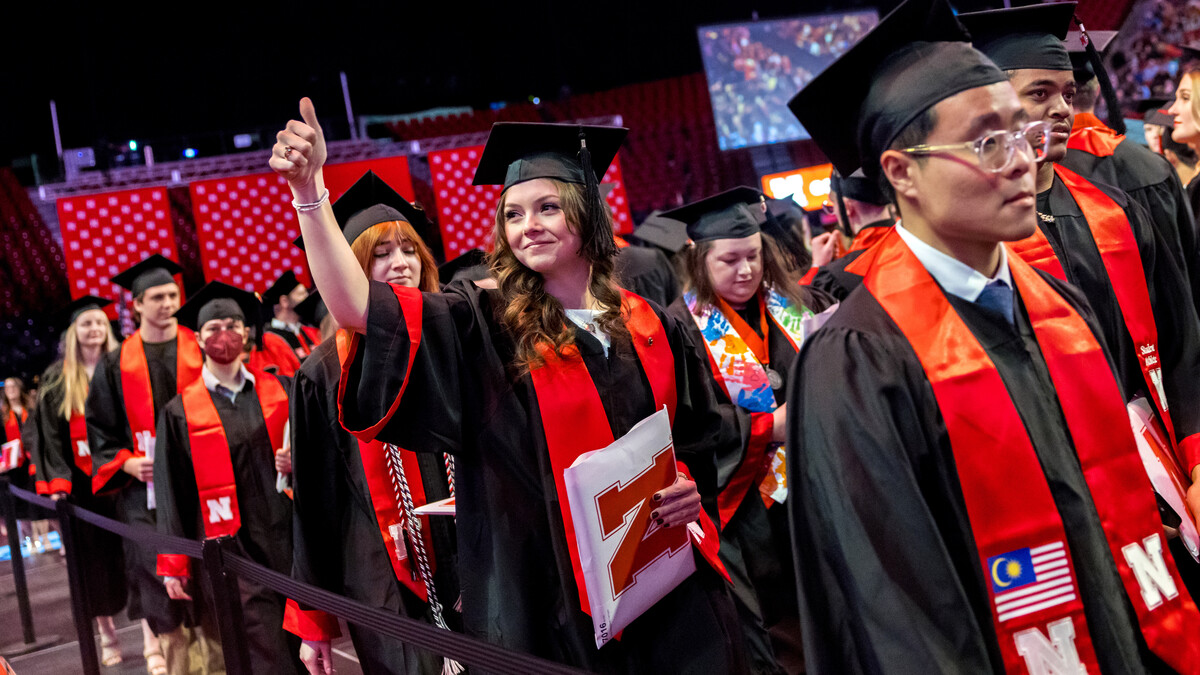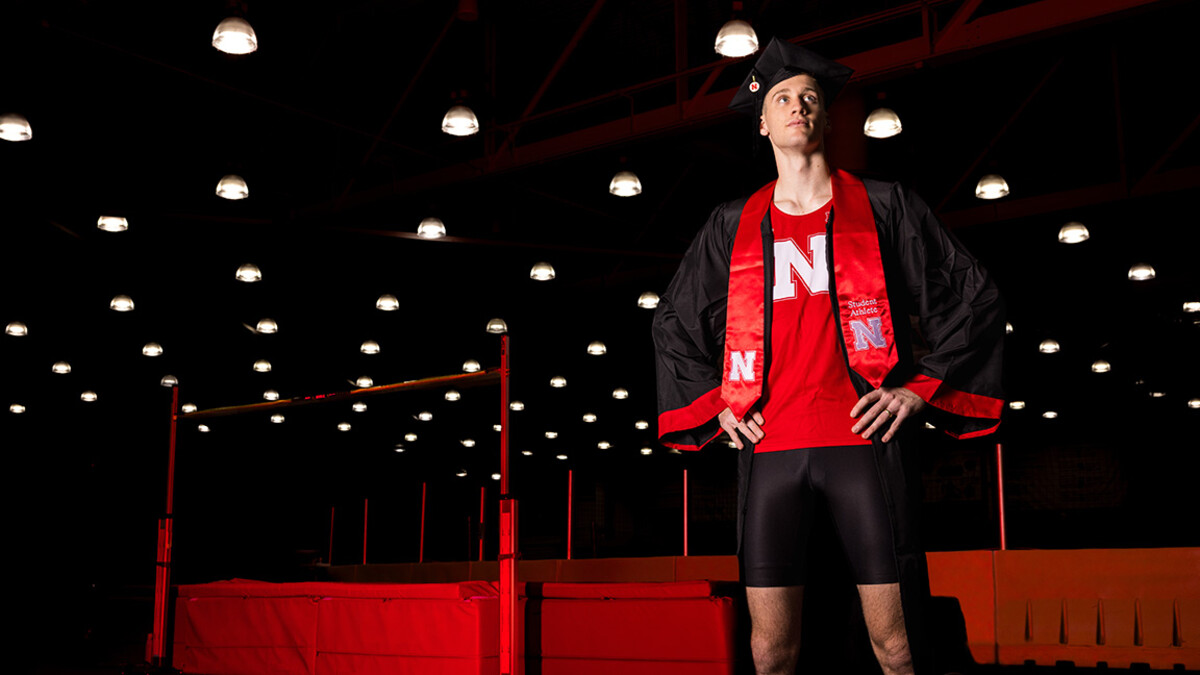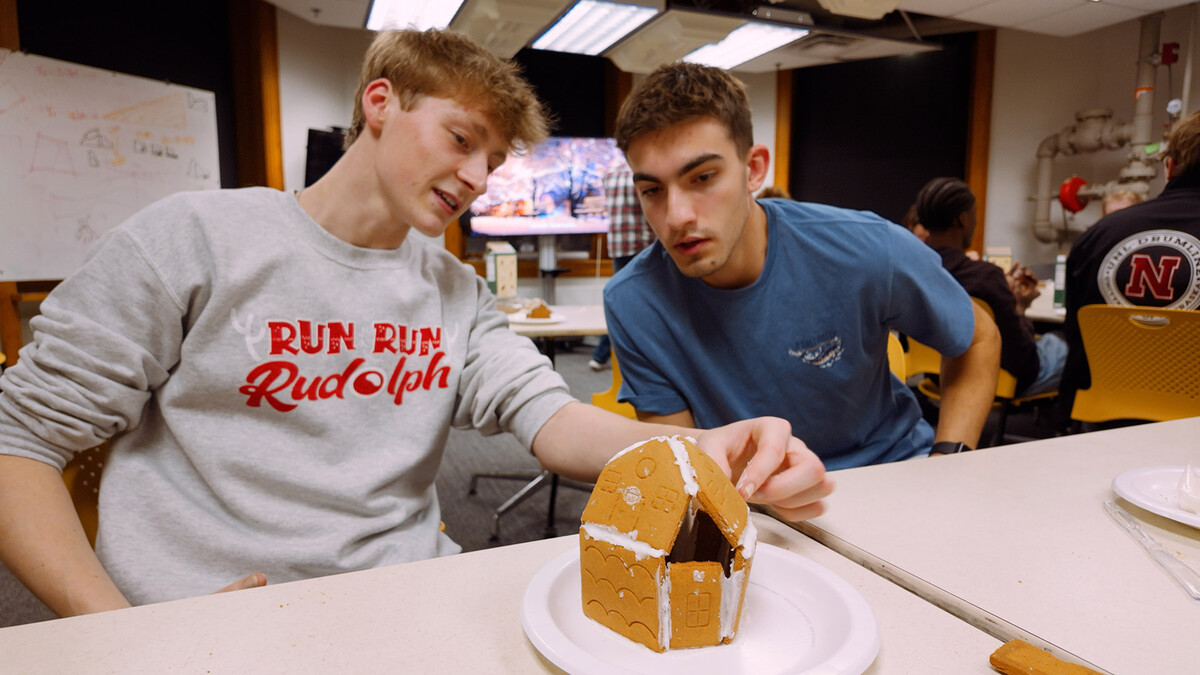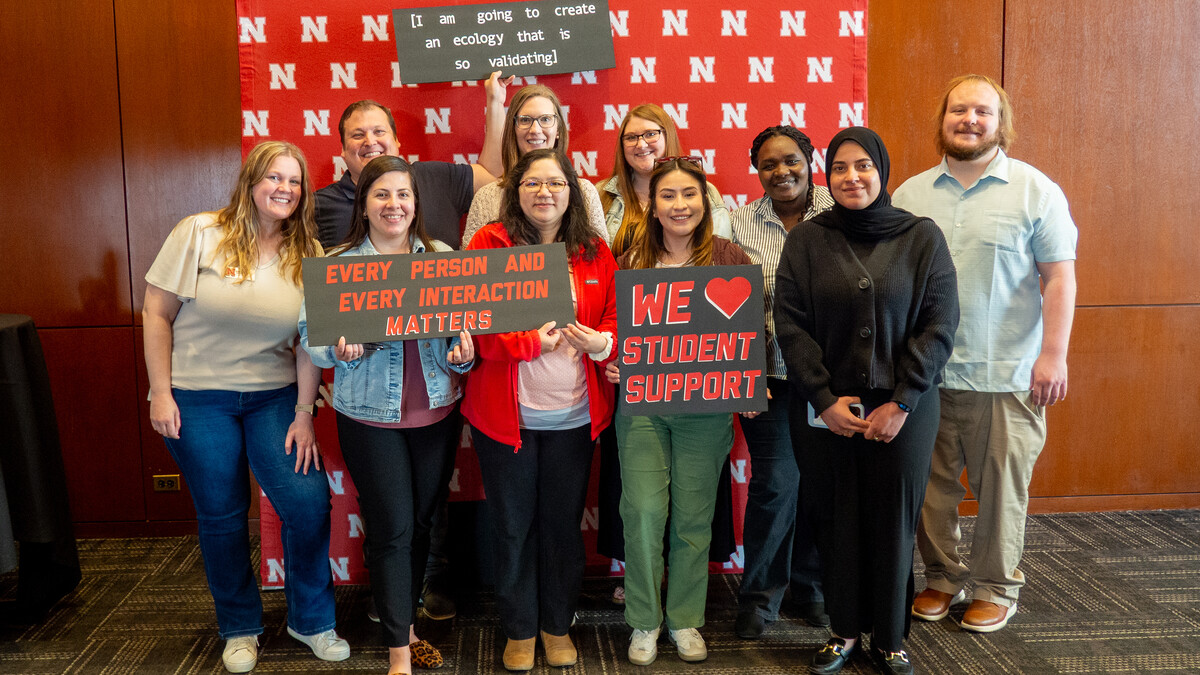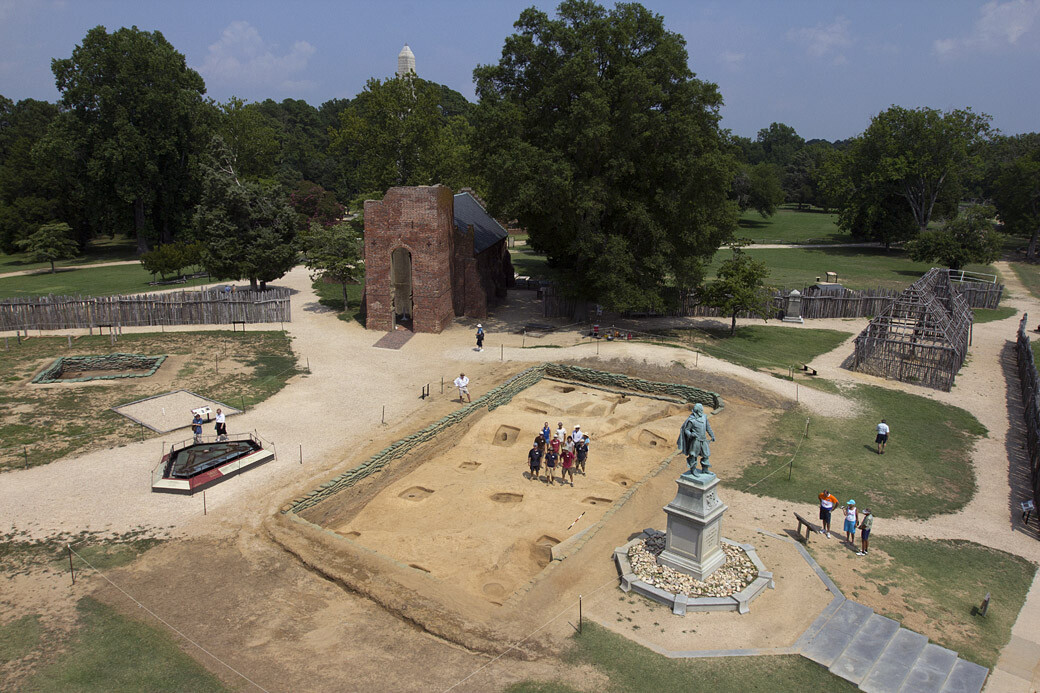
William Kelso, director of archaeology at Historic Jamestowne for the Association for the Preservation of Virginia Antiquities, will present a public lecture for the Lincoln-Omaha Society of the Archaeological Institute of America on Sept. 26. The 7:30 p.m. lecture, “Jamestowne: The Buried Truth,” is in Richards Hall, room 15. The lecture is free and open to the public.
Kelso, the archaeologist who discovered the first traces of Jamestown, the first permanent English colony in America and currently the director of excavations at the “lost” colony, will discuss the discovery of the site and its history.
Up to 1994 historians thought that remnants of old Jamestown had been washed away by floodwaters of the James River, but the first few days of excavation uncovered pottery fragments that dated to the 17th century along with traces of long-since-decayed logs.
Kelso’s discovery of Jamestown ranks among the most significant archaeological discoveries in this country. Now historians and archaeologists are able to piece together the evidence surrounding the first European settlement on this continent and also look for reasons behind why the early settlement failed-over half the fort’s population was dead within six months.
Jamestown is currently being restored under Kelso’s direction. The fort’s walls, storehouse, church and other interior building have already been restored. Also, excavations at the fort have yielded a cemetery from which skeletal analysis of the bones has proven fruitful about the original inhabitants of this short-lived experiment in Virginia.
For more than 30 years, Kelso has built a reputation as one of America’s foremost historical archaeologists in Early American history. He has served as director of archaeology at Colonial Williamsburg’s Carter’s Grove, Monticello and Poplar Forest. He was also commissioner of archaeology for the Virginia Historic Landmarks Commission.
In 1993, he left Monticello and the APVA to hire him to find James Fort, on Jamestown Island, Va.
A native of Ohio, Kelso received a bachelor of arts in history from Baldwin-Wallace College and master’s degree in history from the College of William and Mary.
Kelso’s lecture is sponsored by UNL, UNL’s Department of Art and Art History, and the Lincoln-Omaha Society of the Archaeological Institute of America.
For more information, go to http://historicjamestowne.org/index.php or http://go.unl.edu/jamestown.
